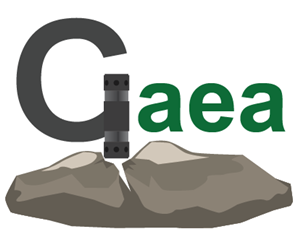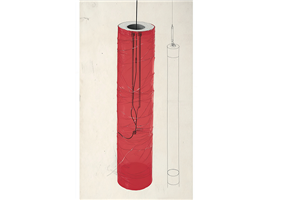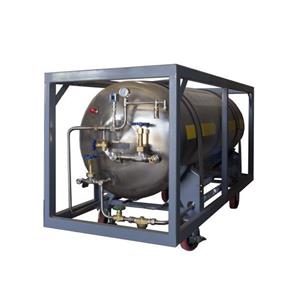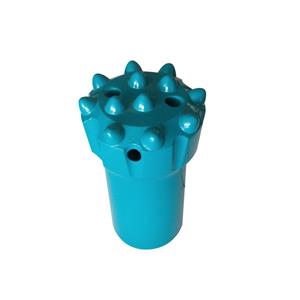Apakah Bahan Terbaik untuk Peletupan? Letupan Batu O2 Mendahului
. Daripada negara yang mengutamakan keselamatan kepada negara yang bijak bajet, peningkatan O2 adalah nyata, dan ia hanya meningkat.Keputusan: Mengapa Letupan Batu O2 MenangJadi, bahan apa yang terbaik untuk letupan? Mari susunkannya:
Keselamatan
: Gelombang kejutan minimum O2, tiada flyrock, dan keluaran bukan toksik mengalahkan bahan letupan tradisional.kos: Pada $1.00 hingga $1.50 setiap meter padu (dan jatuh dengan pembelian pukal), ia mengatasi
$1.20 hingga $3.00
kaedah tradisional, dengan kos tersembunyi yang lebih sedikit.Persekitaran: Bersih dan hijau, O2 meninggalkan kucar-kacir letupan tradisional dalam habuk.serba boleh: Dari kuari basah ke tapak bandar, ia mengendalikan semuanya.Pematuhan: Permit yang lebih mudah menutup perjanjian itu.
Bagi kebanyakan negara hari ini,Sistem Letupan Batu O2adalah pemenang yang jelas. Ia bukan sahaja tentang memecahkan batu-ia tentang melakukannya dengan lebih bijak, lebih selamat dan lebih murah. Bahan letupan tradisional masih mempunyai tempat untuk beberapa pekerjaan, tetapi peningkatan O2 sejak beberapa tahun lalu menunjukkan ia adalah masa depan. Sama ada anda sedang meletup37,500 meter padudengan 20GP atau menjadi besar dengan
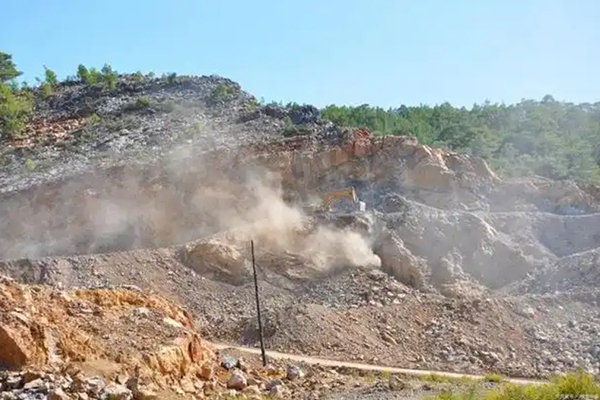
131,250
, sistem ini menyampaikan. Jika anda berada dalam permainan, O2 adalah bahan untuk bertaruh—ia menggegarkan dunia, satu letupan pada satu masa!Dynamite and ANFO run about $0.50 to $1.50 per cubic meter for materials, but tack on labor ($0.50 to $1.00) and safety/permit costs ($0.20 to $0.50), and you’re at $1.20 to $3.00 per cubic meter. Emulsions bump that up to $1.70 to $3.00 since they’re pricier but water-resistant. Add in potential fines or downtime from accidents, and those costs can climb.
Now, the O2 Rock Blasting System? It averages $1 per cubic meter for the blasting itself—think rock splitting tubes and operations. With lower labor and safety overhead (thanks to its ease and safety perks), you’re looking at $1.00 to $1.50 per cubic meter total. Buy in bulk, and it gets even better: a 20GP container blasts 37,500 cubic meters, while a 40HQ container tackles 131,250 cubic meters (about 3,500 tubes). For a 100,000 cubic meter job, traditional methods at $2.00 per cubic meter cost $200,000, but O2 at $1.00 is just $100,000—that’s $100,000 saved. Long-term, those savings pile up fast.
Environmental Impact: Green Matters
Blasting’s messy—traditional explosives leave a mark. Dynamite and ANFO spew toxic gases and shake the ground, while wet conditions can mess with ANFO or cause runoff with emulsions. The O2 system, though? It’s a breath of fresh air—literally. It produces just water and CO2, no nasty stuff. Plus, its waterproof membranes mean it works in water-filled holes without polluting—perfect for rainy days or soggy quarries. It even handles extreme temps from -40°C to 40°C like a pro. With green rules tightening globally, this eco-friendly edge is why O2’s popping up everywhere.
Versatility and Ease of Use
Not every job’s the same—rock types and conditions vary. Traditional explosives have limits: ANFO hates water, dynamite’s tricky to handle, and emulsions cost more. O2 blasting shines here. It tackles everything from soft stone to hard granite and basalt, whether you’re mining gold or splitting rock near a city. Holes can be customized—6 meters deep is a top seller—with spacing set at 2-3 meters based on rock hardness. Setup’s a breeze too: drill, insert tubes, connect to the gas filling tank, fill with liquid oxygen, and trigger remotely. It’s even shipped as regular cargo, dodging the red tape of explosives.
Regulatory Compliance: Less Headache
Getting permits for traditional explosives is a slog—strict safety and environmental rules mean lots of hoops to jump through. O2 blasting makes it easier. Its clean by-products and low-impact design meet regulations with less hassle, speeding up approvals. That’s a big deal in countries where time is money, and it’s another reason O2’s been spreading fast over the past few years.
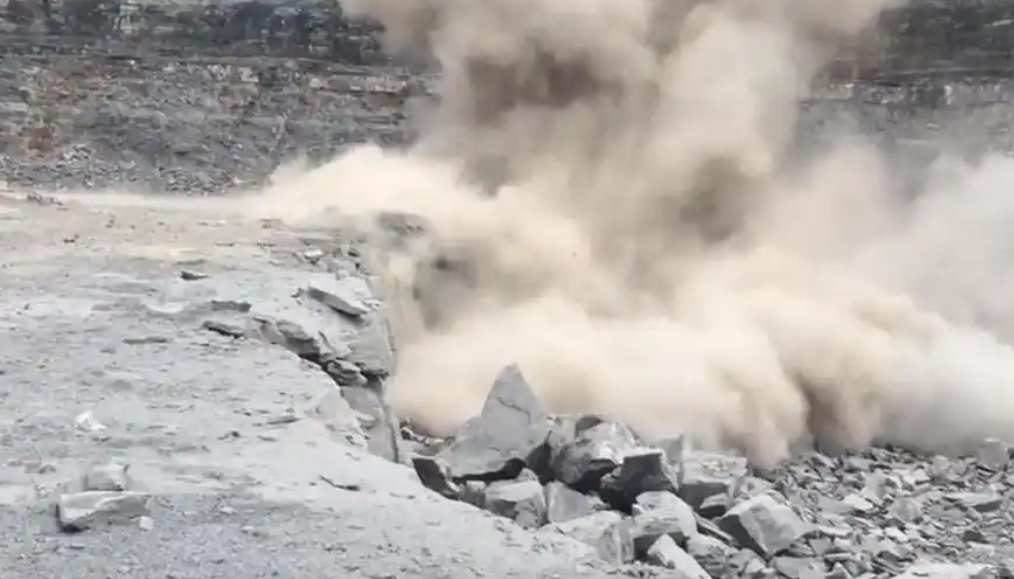
O2 Rock Blasting on the Rise Globally
This isn’t just talk—it’s happening. In mining hubs like Africa, O2’s boosting gold and iron ore profits with its precision. European quarries love the uniform fragments and $1 per cubic meter cost. Urban projects worldwide are using it near homes without drama—think 131,250 cubic meters blasted with a 40HQ container. From safety-first nations to budget-savvy ones, O2’s rise is real, and it’s only picking up steam.
The Verdict: Why O2 Rock Blasting Wins
So, what material is best for blasting? Let’s stack it up:
Safety: O2’s minimal shock waves, no flyrock, and non-toxic output beat traditional explosives hands down.
Cost: At $1.00 to $1.50 per cubic meter (and dropping with bulk buys), it outshines the $1.20 to $3.00 of traditional methods, with fewer hidden costs.
Environment: Clean and green, O2 leaves traditional blasting’s mess in the dust.
Versatility: From wet quarries to urban sites, it handles it all.
Compliance: Easier permits seal the deal.
For most countries today, the O2 Rock Blasting System is the clear winner. It’s not just about breaking rock—it’s about doing it smarter, safer, and cheaper. Traditional explosives still have their place for some jobs, but O2’s rise over the past few years shows it’s the future. Whether you’re blasting 37,500 cubic meters with a 20GP or going big with 131,250, this system delivers. If you’re in the game, O2’s the material to bet on—it’s rocking the world, one blast at a time!
